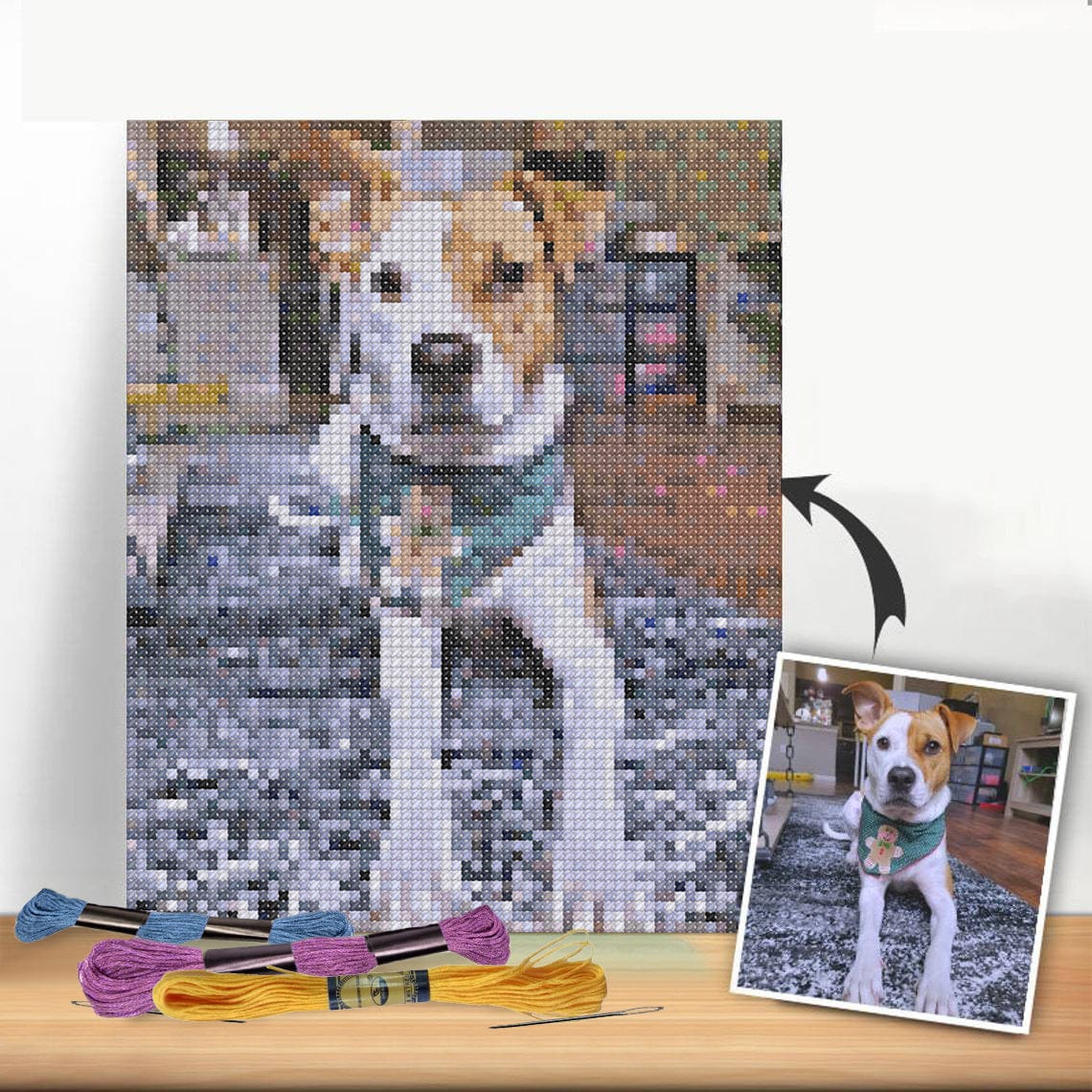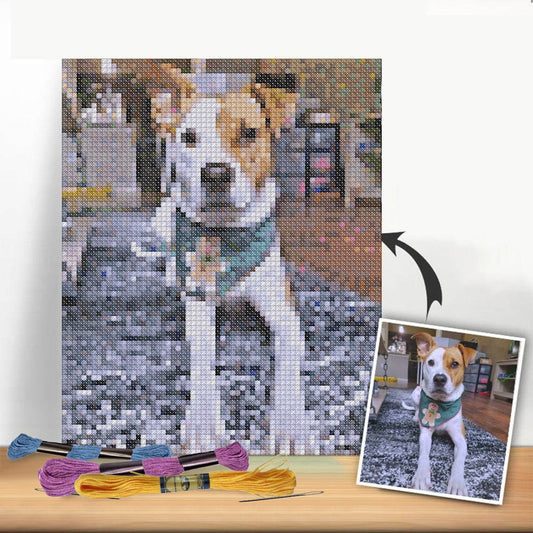Bees are an essential part of our ecosystem, playing a crucial role in pollinating flowers and crops. As a result, it is important to create a bee-friendly garden that provides them with a safe and nourishing habitat. One way to do this is by stitching together a bee-friendly haven in your garden.
The Benefits of a Bee-Friendly Garden
Creating a bee-friendly garden not only helps support the bee population but also benefits your garden in several ways. Bees are excellent pollinators, helping to increase the yield and quality of fruits, vegetables, and flowers. In addition, a garden filled with a variety of plants that attract bees can create a beautiful and vibrant environment.
Choosing the Right Plants
When designing a bee-friendly garden, it is important to choose plants that are attractive to bees. Bees are particularly drawn to plants that have brightly colored flowers and a high pollen and nectar content. Some bee-friendly plants to consider include lavender, bee balm, sunflowers, and coneflowers.
Creating a Bee-Friendly Habitat
In addition to planting bee-friendly plants, it is important to create a habitat that is inviting to bees. Bees need a variety of plants for food as well as a water source. Consider adding a shallow dish of water or a small pond to your garden to provide bees with a place to drink.
It is also important to create nesting sites for bees. Bees will often nest in hollow plant stems, old logs, or in the ground. Consider leaving some areas of your garden untidy to provide bees with the nesting sites they need.
Avoiding Pesticides
One of the most important things you can do to create a bee-friendly garden is to avoid the use of pesticides. Pesticides can be harmful to bees and other beneficial insects. Instead, opt for natural pest control methods such as hand-picking pests or using organic insecticides.
In conclusion, creating a bee-friendly garden is a rewarding and important way to support the bee population and improve the health and beauty of your garden. By choosing the right plants, creating a bee-friendly habitat, and avoiding pesticides, you can help create a thriving environment for bees in your own backyard.




